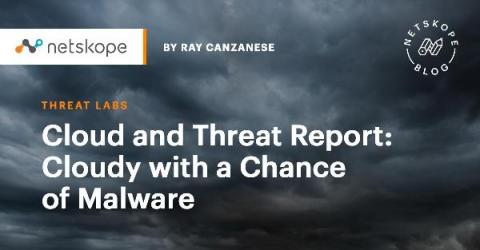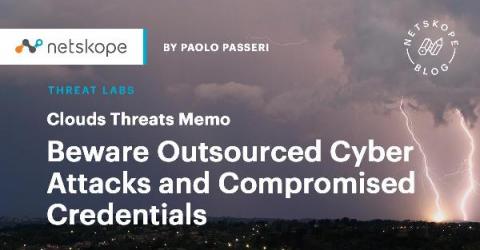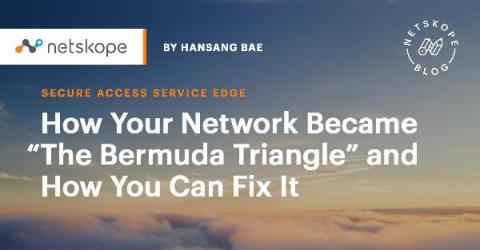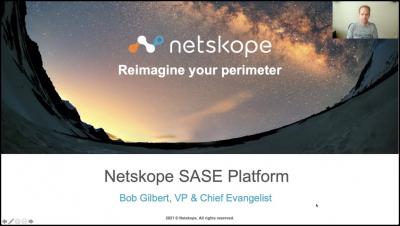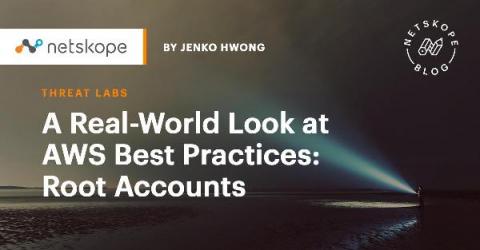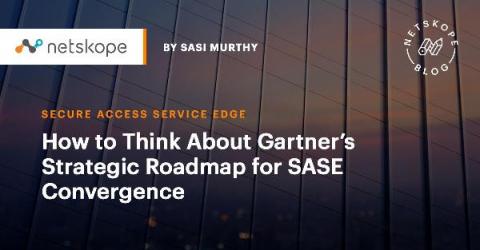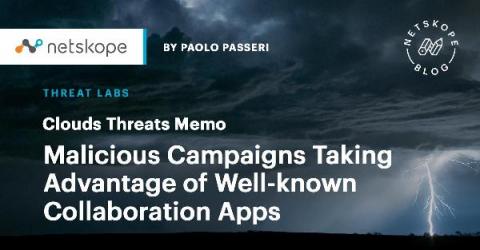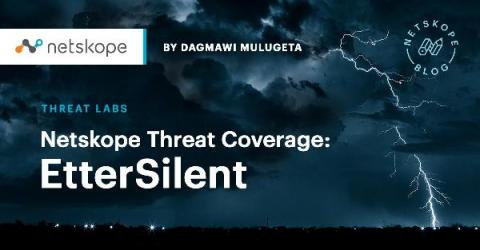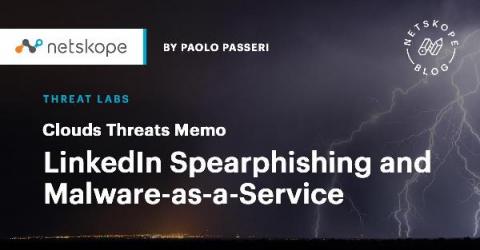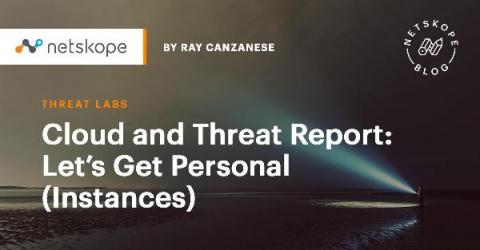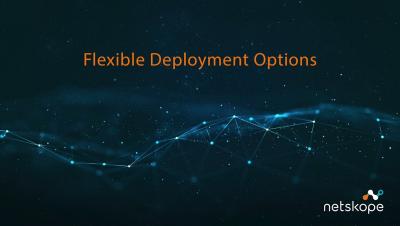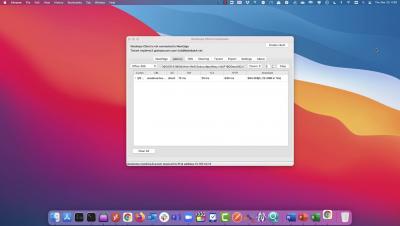What You Missed at Aiming for Zero
In case you missed it, Netskope’s recent Aiming for Zero event was focused around how Zero Trust is more than just access controls and passwords—it’s a security concept that applies to all aspects of your network, your data, the applications you use, and the way you interact with them. If you missed the event and want to hear more about our deep dives int Zero Trust, there’s no need to worry!



